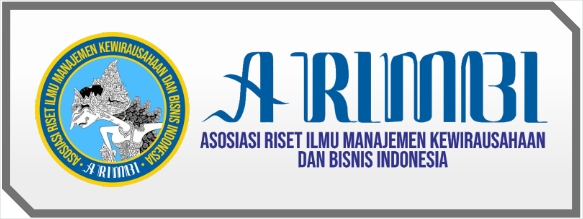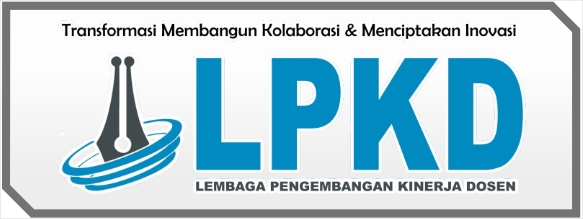Future Impact on Pakistan Economy in the 21st Century Shifting of Global Power
DOI:
https://doi.org/10.55606/iceb.v1i2.121Keywords:
Economic significant,Wakhan, Afghanistan, China, Tajikistan, Badakhshan, Silk Road, PakistanAbstract
The Wakhan Corridor is surrounded by the concerned region of Mekandar. The access strip is located at the intersection of four countries, the mainland of Afghanistan, Tajikistan, China and Pakistan. The Wakhan Corridor has been the mainly vital intersection point of the Silk Road since its inception. This corridor has long been used by Europeans and Chinese as a trade path to reach the Indian plains and sea lines of communication in the Indian Ocean via the coasts of the Arabian Sea. At the joint of China, Pakistan, Afghanistan and Tajikistan lies a small extend of land in Afghanistan's Badakhshan province known as the Wakhan Corridor. Being a passage of the old Silk Road, this corridor is of great historical value. It still has a lot of room for increase in terms of tourism and regional connectivity. Wakhan region is considered relatively peaceful as there is no law-and-order problem. Construction of the road through Wakhan will improve regional trade and business, especially for Pakistan, Central Asia and Afghanistan. It could provide the fastest trade route for China to access Afghanistan and Pakistan for access to Central Asia. In this context, the research explores the possibilities of revitalizing the Wakhan Corridor through the construction of road infrastructure. This paper highlights the economical importance of the Wakhan Corridor in the light of the emerging regional scenario. Both ISIS and the Pakistani Taliban are essential to disrupt the corridor and create security challenges for development. To benefit from future trade improvements along the Wakhan Corridor, the three countries (Pakistan, China and Tajikistan) should focus on the security and political situation.
References
Ahmad, M. S., Ahmed, M., & Malik, M. S. (2021). Buffered Border Corridor: The Geo-Political and Strategic Significance of the Wakhan Corridor. Global Political Review, VI(III),
https://doi.org/10.31703/gpr.2021(VI-III)
UNEP, Afghanistan Wakhan Mission Technical Report, Geneva, July 2003, First published in Switzerland in 2003 by the United Nations Environment Programme and Food and Agriculture Organization of the United Nations.
Amanda, Briney. 2013. The Strait of Hormuz is a Chokepoint between Persian Gulf and The
Arabian Sea. http://geography.about.com/od/politicalgeography/a/Strait-of-Hormuz.htm. Accessed 16 Nov 2013.
Bhonsle, B., and K. Rahul. 2006. The India Security Scope 2006: The New Great Game. New
Delhi: Gyan Publishing House.
Caroe, O. (1958). The Pathans 550 B.C.-A.D. 1957. London: Macmillan and Co LTD.
Ahmad, M. S., Ahmed, M., & Malik, M. S. (2021). Buffered Border Corridor: The Geo-Political and Strategic Significance of the Wakhan Corridor. Global Political Review, VI(III), 27-34. https://doi.org/10.31703/gpr.2021(VI-III).03
Chroshanbiyev. P. (2011). Issue of construction of highway Wakhan Corridor will be resolved soon, say Tajik diplomatic. Asia-Plus, Tajikistan: 2nd June.
Ashraf, F. (1986). The strategic Wakhan. Strategic Studies, 9(2), 48–67. http://www.jstor.org/stable/45182417
UNEP, Afghanistan Wakhan Mission Technical Report, Geneva, July 2003, First published in Switzerland in 2003 by the United Nations Environment Programme and Food and Agriculture Organization of the United Nations. Shahrani, M. N. (2002). The Kirghiz and Wakhi of Afghanistan: Adaptation to Closed Frontiers and War. University of Washington Press. http://www.jstor.org/stable/j.ctvcwn71c.
Faizi, I. (1992). The Geo-Political Significance of the Southern Passes of the Wakhan Corridor. PhD thesis, Area Study-Center Asia, University of Peshawar.
Ashraf, F. (1986). THE STRATEGIC WAKHAN. Strategic Studies, 9(2), 48–67. http://www.jstor.org/stable/45182417.
Mariam Safi, Bismellah Alizada. Afghanistan: Prospects and Challenges to Regional Connectivity. The Diplomat, 19.04.2019. URL: https://thediplomat.com/2019/04/afghanistanprospects-and-challenges-to-regionalconnectivity/
Ahmad Bilal Khalil. Linking Afghanistan to China’s Belt and Road. // The Diplomat,
04.2017. URL: https://thediplomat.com/2017/04/linkingafghanistan-to-chinas-belt-and-road/
D.B. Malysheva. Post-Soviet Central Asia and Afghanistan as a sphere of intersection of interests of large Asian states // RUDN Vestnik.: International relations. 2018. №2. URL: https://cyberleninka.ru/article/n/postsovetskayatsentralnaya-aziya-i-afganistan-kak- sferaperesecheniya-interesov-krupnyh-aziatskihgosudarstv
Hasan Yaser Malik, Geo-political Significance of the Wakhan Corridor for China, Fudan Journal of the Humanities and Social Sciences , Springer, June 2014, Fudan J. Hum. Soc. Sci. DOI
1007/s40647-014-0017-
Bohzekai,,”Road to the Dragon: Overcoming Challenges to the Wakhan Corridor,” Mantraya, December 17, 2015, http://mantraya.org/road-to-the-dragon-overcoming-challenges-to-the- wakhan-corridor/
Russell Hsiao, Glen E. Howard, China Builds Closer Ties to Afghanistan through Wakhan Corridor, the Jamestown, January 7, 2010 https://jamestown.org/program/china-builds-closer-ties- to-afghanistan-through-wakhan-corridor/
Raja Muhammad Khan, 2019, ”China's Economic and Strategic Interests in Afghanistan,”
Senge H Sering, Expansion of Karakoram Corridor: Implications and Prospects (New Delhi: IDSA, 2012), pp.12-13
Editor. 2013. Chabahar Port can play strengthen relations with Indie: Iran. The Siast Daily (Iran)
George, Soros. 2004. The bubble of American supremacy, correcting the misuse of American power. Washington, DC: Public Affairs.
Pandey, D. N. (2021). A new front against China review of Afghanistan policy of India. New
Delhi: Doctoral dissertation, IIPA.
















